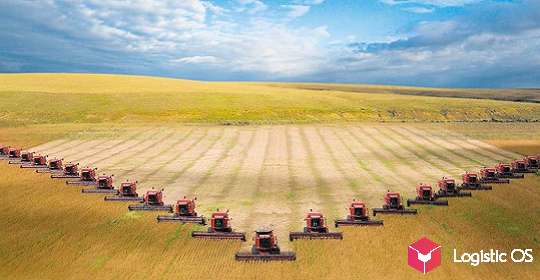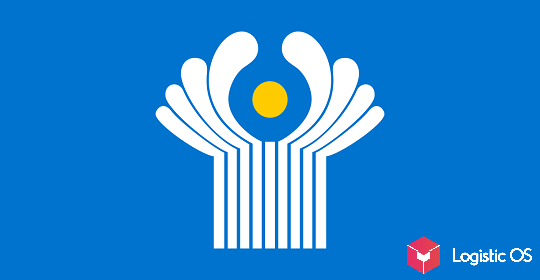Analysts are confident that the new season will be more successful for oilseed producers than the previous one, which was plagued by raw material shortages.
Recent data indicate that the expansion of acreage under oilseed crops is currently occurring faster than the growth in processing volumes. This means that a certain surplus is expected in the sunflower and other oilseed markets, which will put downward pressure on prices.
Therefore, there is every reason to expect that all oil extraction plants will be fully supplied with raw materials.
Furthermore, it is likely that last year’s negative scenario will be avoided, in which raw material costs, driven by shortages and intense competition from other plants, rose so high that they made production unprofitable, ultimately leading to the closure of some.
Against this backdrop, the news that Russia is likely to break new oilseed harvest records this year, including sunflower, is encouraging.
Analysts are expecting positive harvest data, particularly for rapeseed, soybeans, and all niche crops.
Sunflower harvesting is currently underway in Russia. It’s already clear that the harvest situation in the southern regions is quite challenging, as drought has destroyed a significant portion of the crops.
At the same time, there is hope that this negative news will be offset by good yields in other regions, particularly in the central part of the country and the Volga region.
Overall, experts expect the total sunflower harvest this season to be even higher than in the previous one.
According to forecasts, this year’s soybean harvest could ultimately reach up to 8 million tons. This is more than last year’s record of 7 million tons.
The Ministry of Agriculture also states that such a significant harvest could potentially lead to a reduction in export duties, increasing farmers’ profits from selling their produce abroad, which has recently fallen significantly.
However, as for soybeans, their harvesting and processing across the country are far from uniform.
New plants are primarily being built in the Far East. Therefore, a shortage of raw materials may develop there, which, in turn, could further drive up prices.
However, this shortage is unlikely to extend beyond the local market in this region, as the soybean situation in other regions of the country is fundamentally different, experts note.

